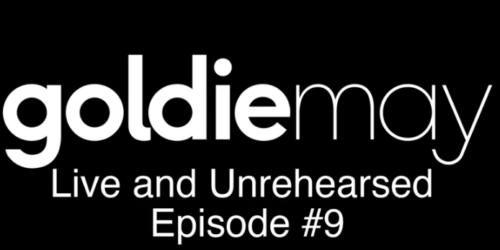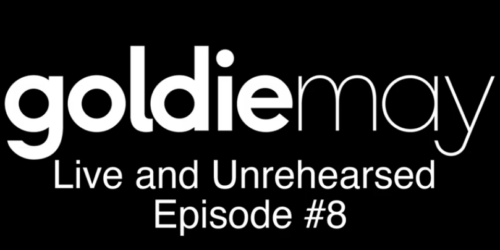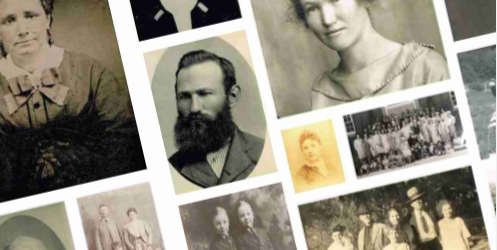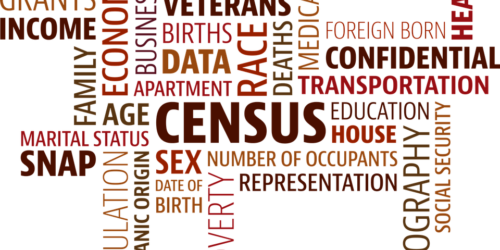New QRB Videos on Our YouTube Channel
Recently we posted eight new QRB (Quick Research Basics) videos on The Family History Guide YouTube Channel. These include A three-part series on Adding Social History to Your Family History, by Miles Meyer A three-part series on Mapping Your Way to Genealogical Success, by James Tanner A two-part series on U.S. Census Records, by Miles Meyer We have also included...









